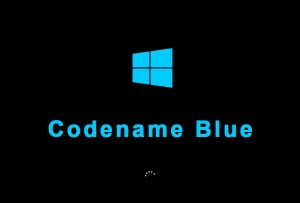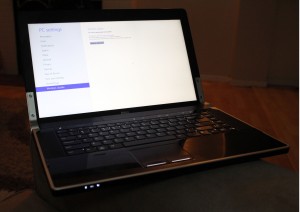Outbreak Alerts by StopSign Internet Security let you know when specific malware infections are trending, describe what they do, and provide tips on how to avoid them.
What Trojan.Win32.Medfos.m Does:
- Downloads Malicious Rogue Anti-Virus Packages
- Significantly Slows Down the Infected Machine
- Displays False Error Messages
How It Infects:
- Can be distributed by any means, including but not limited to: Email attachments, instant message attachments, infected websites, infected media or document files, peer-to-peer file sharing networks, or even downloaded by other malware;
- Infection can also be found in hyperlinks to infected websites from email, instant messages, and social networking messages or posts.
How To Avoid Infection:
- Use extreme caution when you receive a link or attachment from anyone, even those you know;
- Do not download unknown files or files from unknown sources;
- If using StopSign Internet Security, be sure the On-Access Scan is installed and enabled;
- Scan all downloaded files with a malware threat scanner, such as StopSign Internet Security, before executing them;
- Ensure that all updates are installed from Microsoft Update to help protect against vulnerabilities in the operating system.
Type: Downloader
Technical Name: Trojan.Win32.Medfos.m
Aliases:
- Trojan.Packed.24060
- W32/Medfos.B.gen!Eldorado
- Trojan:Win32/Medfos.X
- Medfos.CY
- Medfos-FAYZ!962FB547D0C7
If you're looking for great anti-virus software that won't break the bank, try StopSign. You don't pay extra for tech support for difficult malware, and our web protection software just works. Download & install StopSign to find out why our members choose us over the other options.







Recent Blog Comments